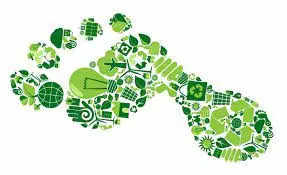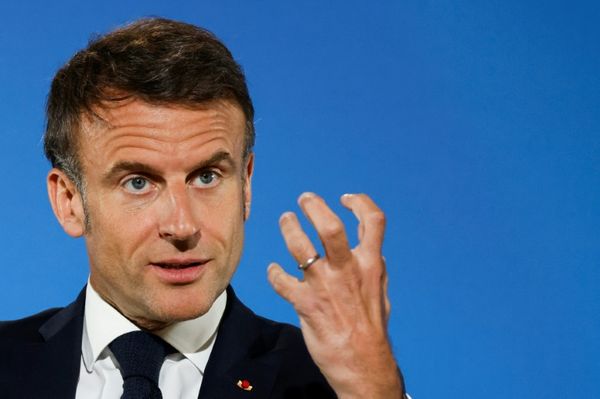
NEW DELHI: Even though the top 1 percent of India's population hold more than one-fifth of the total income and the bottom half just 13%, the country is a low carbon emitter, according to the World Inequality Report 2021.
The average per capita consumption of greenhouse gas is equal to just over 2 CO2e. These levels are typically comparable with carbon footprints in sub-Saharan African countries. The bottom 50 per cent consume one, the middle 40 per cent 2 and the top ten per cent, 9 CO2e/capita.
A person in the bottom 50% of the population in India is responsible for, on average, five times fewer emissions than the average person in the bottom 50% in the European Union and 10 times fewer than the average person in the bottom 50% in the US.
Carbon dioxide emissions are the result of the burning of fossil fuels, certain industrial processes (such as cement production), agricultural production (for example, cows emit a lot of greenhouse gases), waste
management, and deforestation. These activities generate carbon dioxide (CO2), as well as other greenhouse gases such as methane (CH4), and nitrous oxides (NOx).
Each of these gases contributes differently to global warming: one tonne of methane is equivalent to the release of 30 tonnes of CO2, and one tonne of nitrous oxide equivalent to
280 tonnes of CO2.
The report authored by Lucas Chancel, co-director of the World Inequality Lab, and coordinated by several experts, including French economist Thomas Piketty, said: “India stands out as a poor and very unequal country, with an affluent elite.”
The report also found that wealth inequality had a strong correlation to carbon emissions and climate change goals. The poorest half of the population in rich countries is already at (or near) the 2030 climate targets in terms of emission rates, but that’s not the case for the top 50%.
“Large inequalities in emissions suggest that climate policies should target wealthy polluters more,” the report concluded. “So far, climate policies such as carbon taxes have often disproportionately impacted low and middle-income groups, while leaving the consumption habits of wealthiest groups unchanged.”
"In 2021, humans released nearly 50 billion gfdstonnes of CO2 into the atmosphere, reversing most of the decline observed during the 2020 Covid pandemic. Of these 50 billion tonnes, about three quarters were produced in the burning of fossil fuels for energy purposes, 12% by the agricultural sector, 9% by industry (in cement production among other things) and 4% came from waste," said the report.
Global share:
Of the total 2,450 billion tonnes of carbon released since 1850, North America is responsible for 27%, Europe 22%, China 11%, South and South-East Asia 9%, Russia and Central Asia 9%, East Asia (including Japan) 6%, Latin America 6%, MENA 6%, and Sub-Saharan Africa 4%.
US average emissions are 3.2 times the world average, while its average income is three times the world average, and Europe’s emissions are less than 1.5 times the world average.
In East Asia, the poorest 50% emit on average around three tonnes per annum, while the middle 40% emit nearly eight tonnes, and the top 10% almost 40 tonnes. This contrasts sharply with North America, where the bottom 50% emit fewer than 10 tonnes, the middle 40% around 22 tonnes, and the top 10% over 70 tonnes of carbon dioxide equivalent. In Europe, the bottom 50% emit nearly five tonnes, the middle 40% around 10.5 tonnes, and the top 10% around 30 tonnes. Emissions levels in South and South-East Asia are significantly lower, from one tonne for the bottom 50% to fewer than 11 tonnes on average for the top
10%.
"It is striking that the poorest half of the population in the US has emission levels comparable with the European middle 40%, despite being almost twice as poor," the report noted.
How much CO2 do the wealthiest individuals on earth emit?
The global top 1% of individuals emits around 110 tonnes on average, the top 0.1% 467 tonnes, the top 0.01% 2,530 tonnes per person per annum. These emissions stem both from individual consumption and from the investments they make. Extreme wealth comes with extreme pollution. The most conspicuous illustration of extreme pollution associated with wealth inequality is space travel.
"Space travel is expected to cost from several thousand dollars to several dozen million dollars per trip. An 11-minute flight emits no fewer than 75 tonnes of carbon per passenger once indirect emissions are taken into account (and more likely, in the 250-1,000 tonnes range...It takes a few minutes in space travel to emit at least as much carbon as an individual from the bottom billion will emit in her entire lifetime," said the report.







